From page 13 of the user manual:
- The rear Clamp Cover has three positions for mounting, to accommodate various sizes of
power cord diameter.
Clever!
- The Mode Switch is set to OFF. The Sensitivity Control is set to mid point.
- The power to the power tool is turned on.
- If the ‘Tool Plus’ is detecting the current flow then the Activity LED will turn on.
- If the Activity LED does not turn on, then the Sensitivity Control should be adjusted
counter clockwise until the Activity LED turns on.
- If the Activity LED does not come on, then the ‘Tool Plus’ should be rotated slowly around
the cable or moved along the cable until the Activity LED comes on.
The last instruction above gives you the clue as to how it works.

Figure 1. Magnetic flux around the live and neutral conductor of a 3-wire mains lead. (Image mine.)
You are correct that a typical current transformer will see zero resultant flux around the cable. The trick in this case is to put a small sensor - probably a Hall sensor - in very close proximity to the cable and rotate it around to a point where it is closer to one of the current carrying wires. In my illustration this would be above the brown or to the right of the blue. Placing it on the top right or beside the earth wire would result in cancellation of the two fields and an inability to sense current.
At this point tighten the clamp to the cable.
You've got it working so clamp it in this position.
The Sensitivity Control should now be set to a fully clockwise position. It should then be
rotated slowly clockwise.
Now set the "on" threshold.
